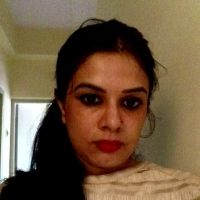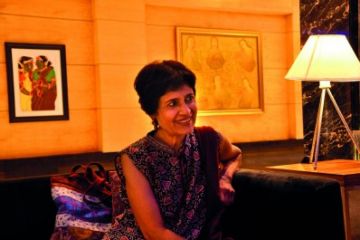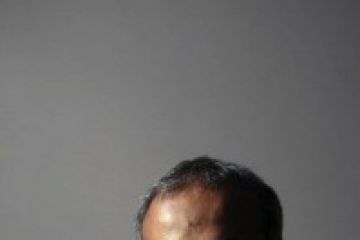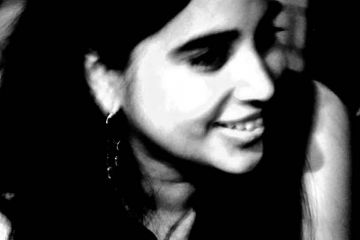
Throughout this month
if you enter the den-like Project 88 gallery in Colaba, Mumbai, you’ll be
buffeted by screeches, croaks and howls that seem to come from a phantom
creature. The sensation is dramatic, of having encroached into someone’s
hallucination or a sci-fi horror movie in which ghosts are made of sound. These
sounds are of loud static, the cry of cicadas, political speeches, mob
hysteria, and a malfunctioning machine. This swarm is further echoed by a sound
wall embedd





